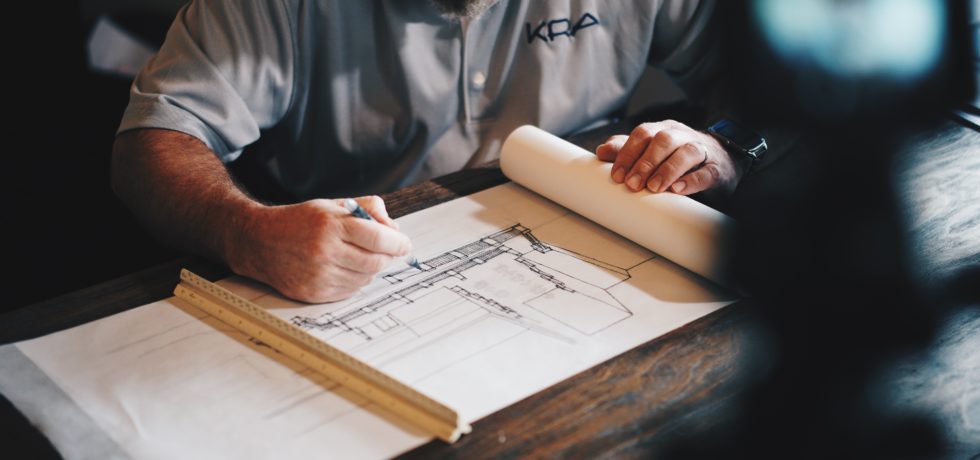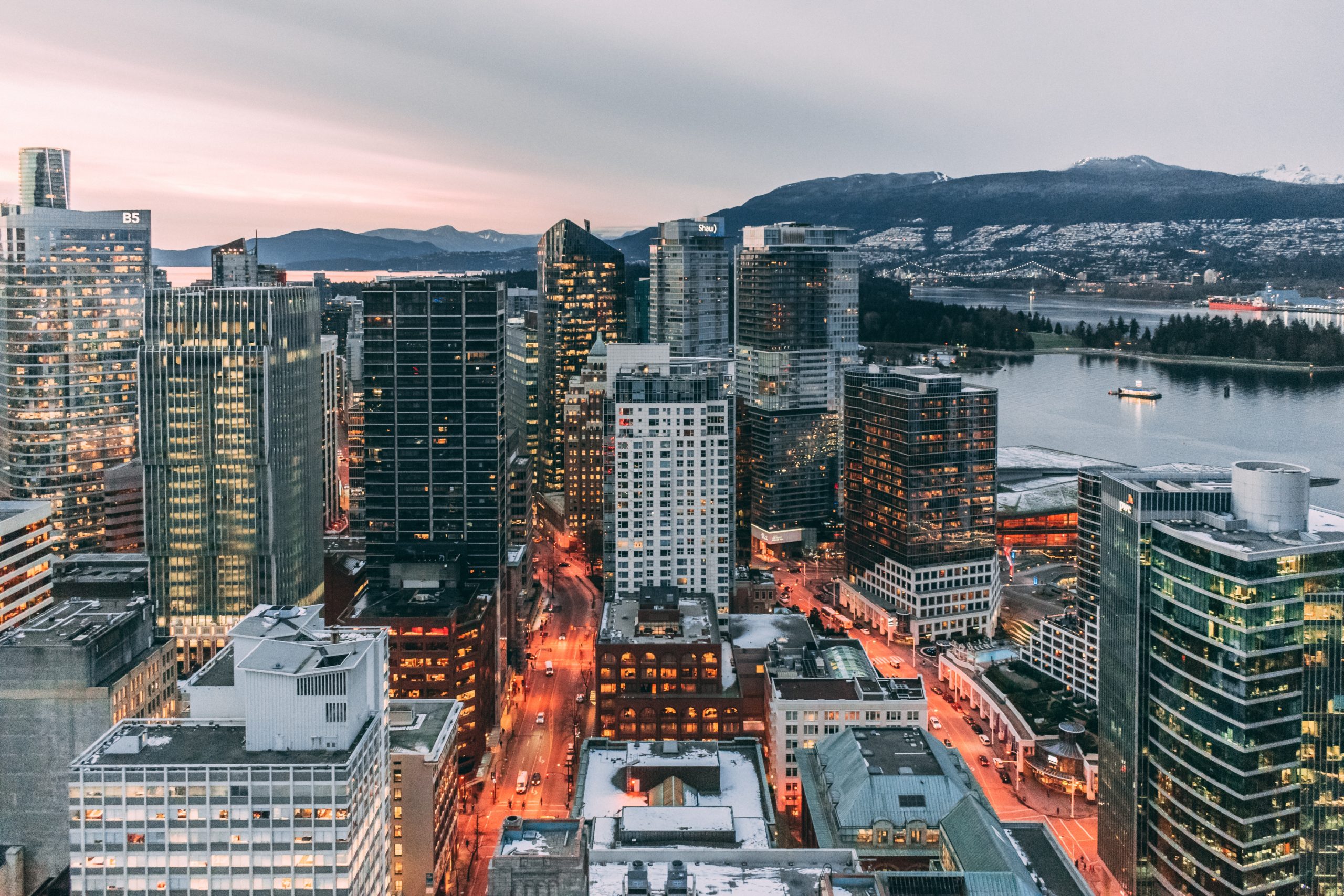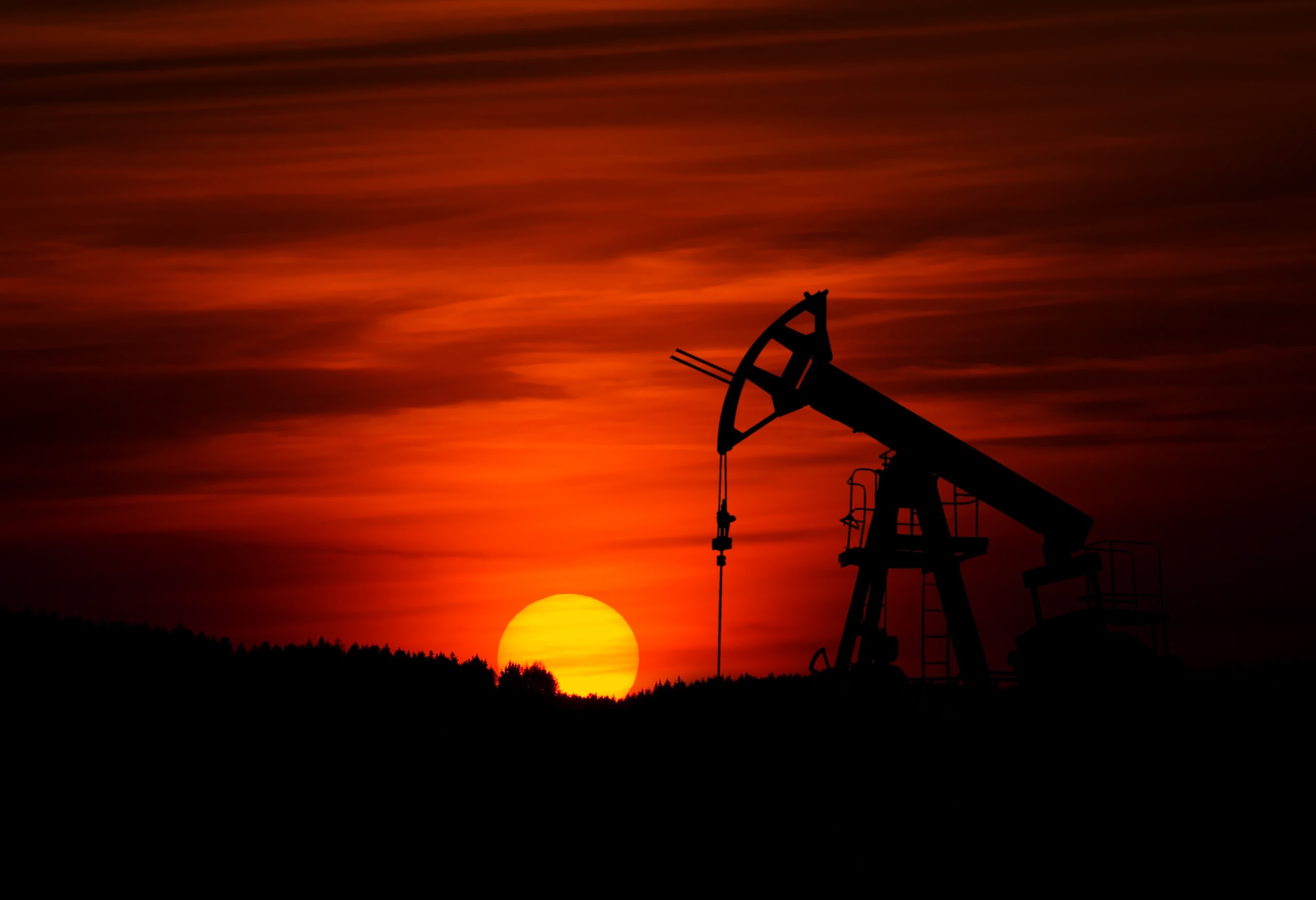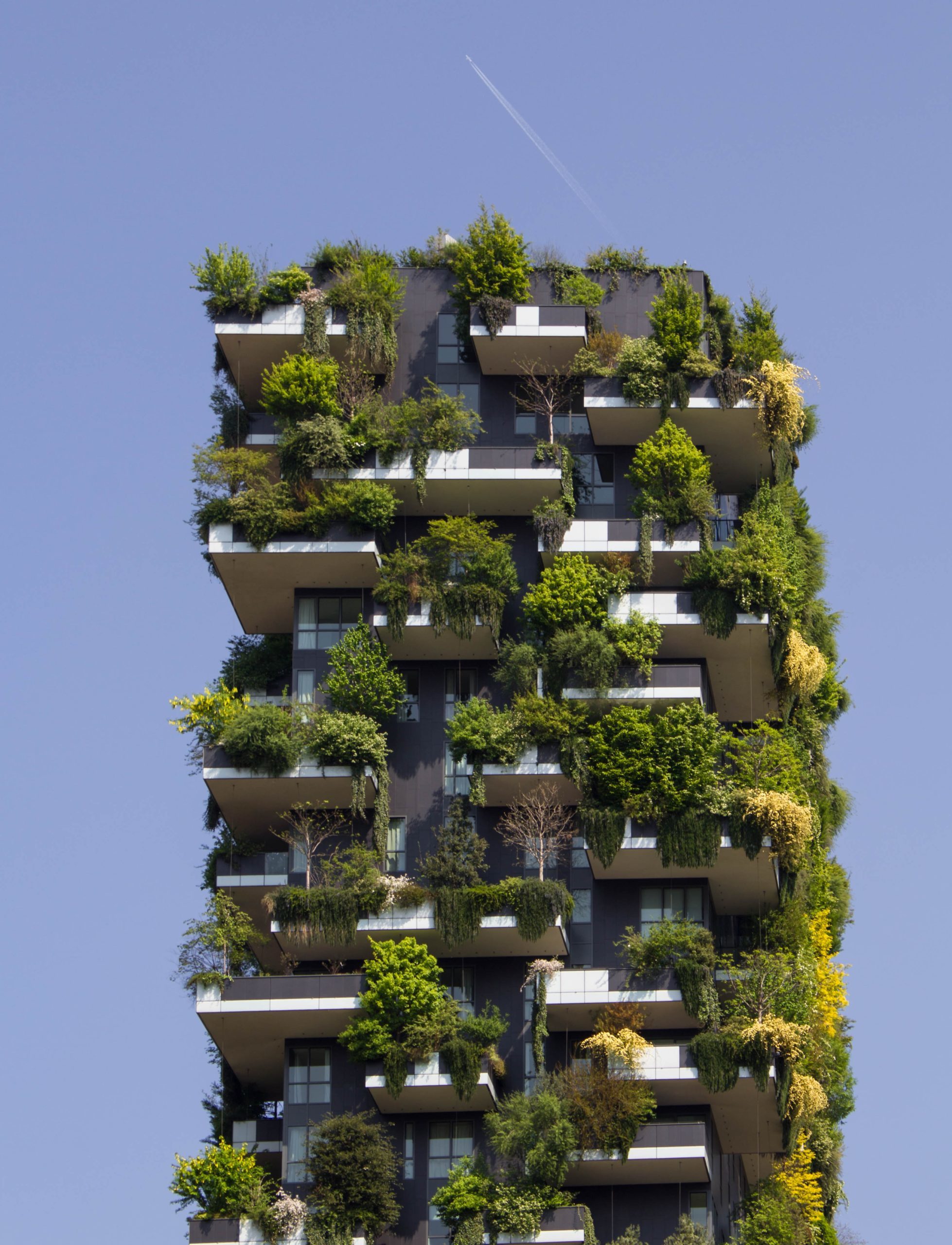Over the years, the Greater Vancouver population has been growing, and that growth has not been subtle. In a recent publication of the Sounding Board, our CEO and current Chair of the Greater Vancouver Board of Trade, Kari Yuers, noted that in just the past year alone, more than 46,000 residents moved to the area.
Some of you may think that’s just because of the Greater Vancouver area’s major urban center, Vancouver. After all, the city was recently ranked third for quality of living in 2019 out of more than 200 cities worldwide. It’s not a surprise to see more people interested in living in such a desirable place.
However, that’s only one aspect of a very global trend because Vancouver isn’t the only place that’s growing significantly. According to the United Nations (UN), by 2018, 55% of the world’s population were already living in urban areas. And that number is projected to go up to 68% by 2050.
All of which makes for a treasure trove of construction opportunities around the world!
As much as that likely excites you as well as those of us here at Kryton, it does mean that we have an obligation to manage that growth in a sustainable way. Why? Let’s find out.
There Just Isn’t Much Physical Space Nowadays
With so many people wanting to live, work, and relax within city limits worldwide, all developers have to deal with fairly restrictive geographical constraints. For instance, our fair city of Vancouver draws so much industrial interest that available land for industries may be depleted sometime in the future between 2035 and 2045.
While we still have land now, it’s clearly becoming less and less available as time goes on. And it’s already quite limited due to the surrounding ocean and mountains.
Of course, not all cities believe that their geographical constraints need to be a limiting factor. In fact, Hong Kong has been planning on what’s called the Lantau Tomorrow Vision. Under this vision, Hong Kong would create artificial islands. In turn, this new land would become extra space for Hong Kong. The city could then use it to hold more infrastructure for a growing population.
It’s a unique solution for a difficult problem.
But not every city will be able to follow suit. That’s why we need to focus on getting the most out of the building space we do have, using more space-friendly methods, such as vertical construction.
Resources Are Also Limited
We also need to consider the materials we put into using that space. After all, Earth only has so many natural resources we can use.
Unfortunately, the UN Environment Programme’s recent findings show the consumption of natural resources has only gotten worse. From their Global Resources Outlook 2019 publication, they noted that after 1970, resource extraction “more than tripled.” In fact, fossil fuel usage increased by 45%. And building-quality sand is now being extracted at unsustainable rates.
However, that isn’t to say that we as the construction community haven’t noticed. Like anyone, we want our planet to stay healthy. But we also know that people need infrastructure in place to live, travel, and be safe.
So a healthy planet and human infrastructure need to co-exist.
That’s why over the years, we have come up with frameworks like the triple bottom line (TBL). These remind and encourage us to look at not just the economic value of building but also the social and environmental values too.
Without them, we could end up taking up more space or natural resources than we actually need.
In Short: We Need to Optimize Building Space to Stay Sustainable
But how do we actually optimize building space?
We’ve talked a lot about how it can help us avoid using up a lot of space and resources. Now, it’s time to see what we can do to actually implement it.
Start by thinking about how you can extend your structure’s service life. While optimizing building space is great for minimizing your environmental impact, you need to make sure that the structure lasts for a long time. Otherwise, more resources may end up being spent on unnecessary maintenance, repair, or rebuilding.
That’s why you need to maximize the service life of your structure, addressing all the values of the TBL framework. And that means balancing the economic, environmental, and social aspects of your construction.
Here’s How We Can Do That
First, we’ll likely want to look to concrete as it’s a very durable building material.
Luckily, there are certain products that can help you enhance concrete to optimize building space and make it sustainable. These are the ones you should be turning to for projects.
We can even help make your search easier! Kryton offers a number of such products, including:
- Krystol Internal Membrane™ (KIM®) – This waterproofing admixture replaces the need for external waterproofing membranes of any kind, including petroleum ones. So you’ll use less petroleum during building and be able to build right up to the property line. You’ll also be able to put the admixture directly into your concrete mix, making the concrete itself permanently waterproof! That will allow your concrete to withstand wet environments. So even if your building area is constrained by ocean, you can still work around it.
- Hard-Cem® – With this integral hardening admixture, you can harden your concrete so that it’ll have double the wear life. And it won’t have any effect on concrete water demand. Like KIM, it is added directly to your concrete mix. So you can avoid using up unnecessary resources while keeping your concrete durable.
- Maturix™ Smart Concrete® Sensors – Once you have enhanced your concrete and poured your cast, you can use our Maturix Sensors. With them at hand, you’ll be able to see how the curing concrete’s temperature and strength develops in real time. After all, this information will be reported to a digital Internet-connected device of your choice no matter where you are. That way, you’ll know exactly when your concrete’s strength has been maximized. You won’t have to spend time guesstimating it. Instead, you’ll be able to quickly move onto the next step in construction, freeing up more time to focus on optimizing your building space as much as possible.
With both the right service life enhancements and sustainable products like these, you can optimize building space. So in turn, everyone can have the space and resources they need to live comfortably.







